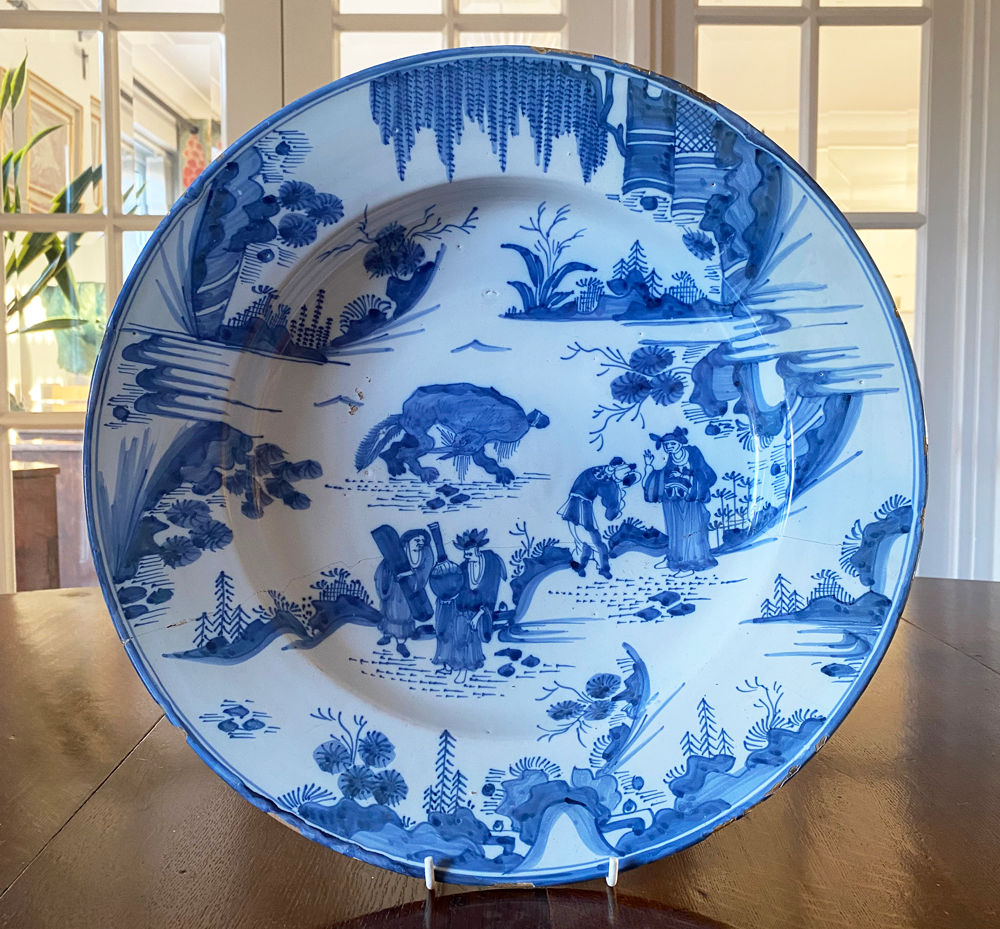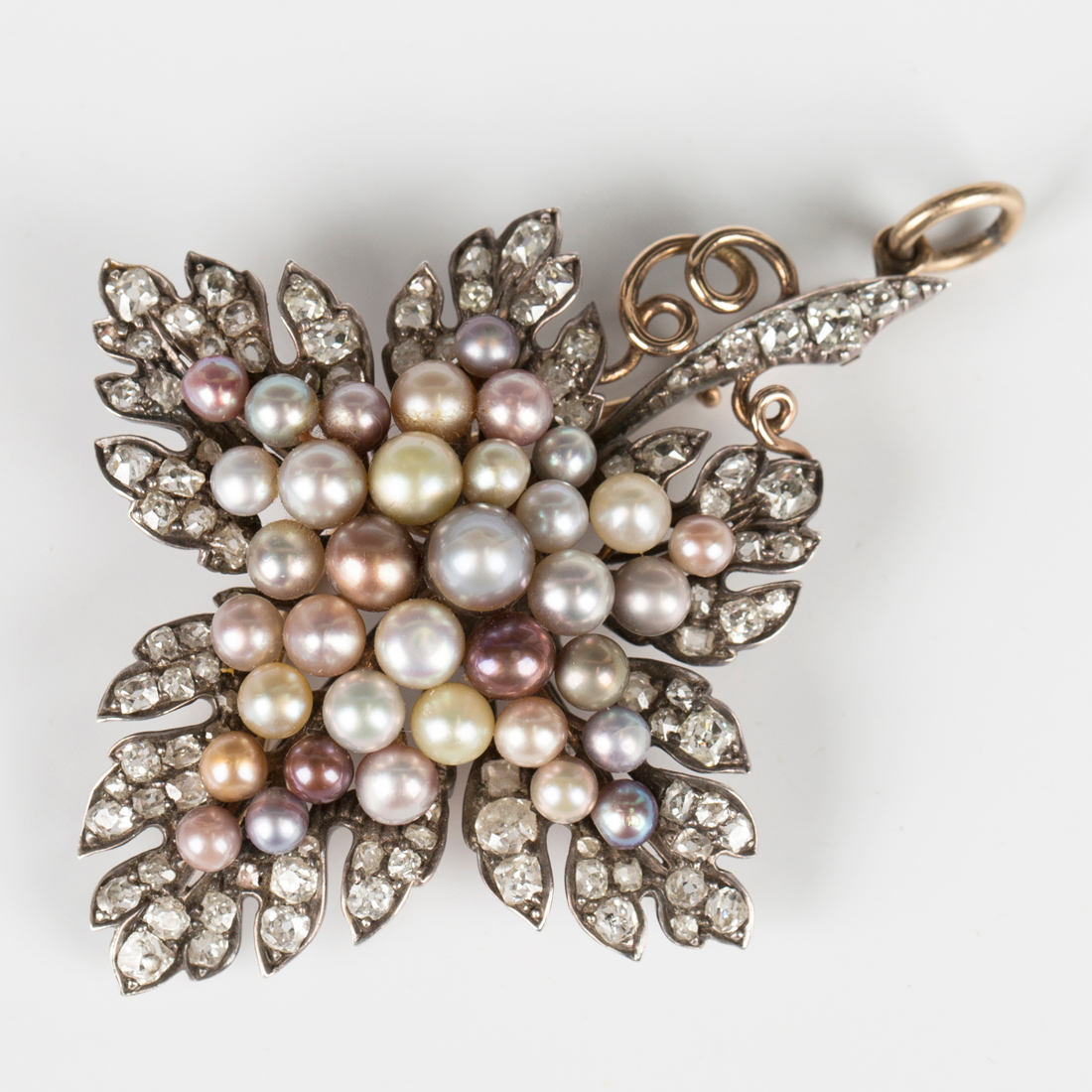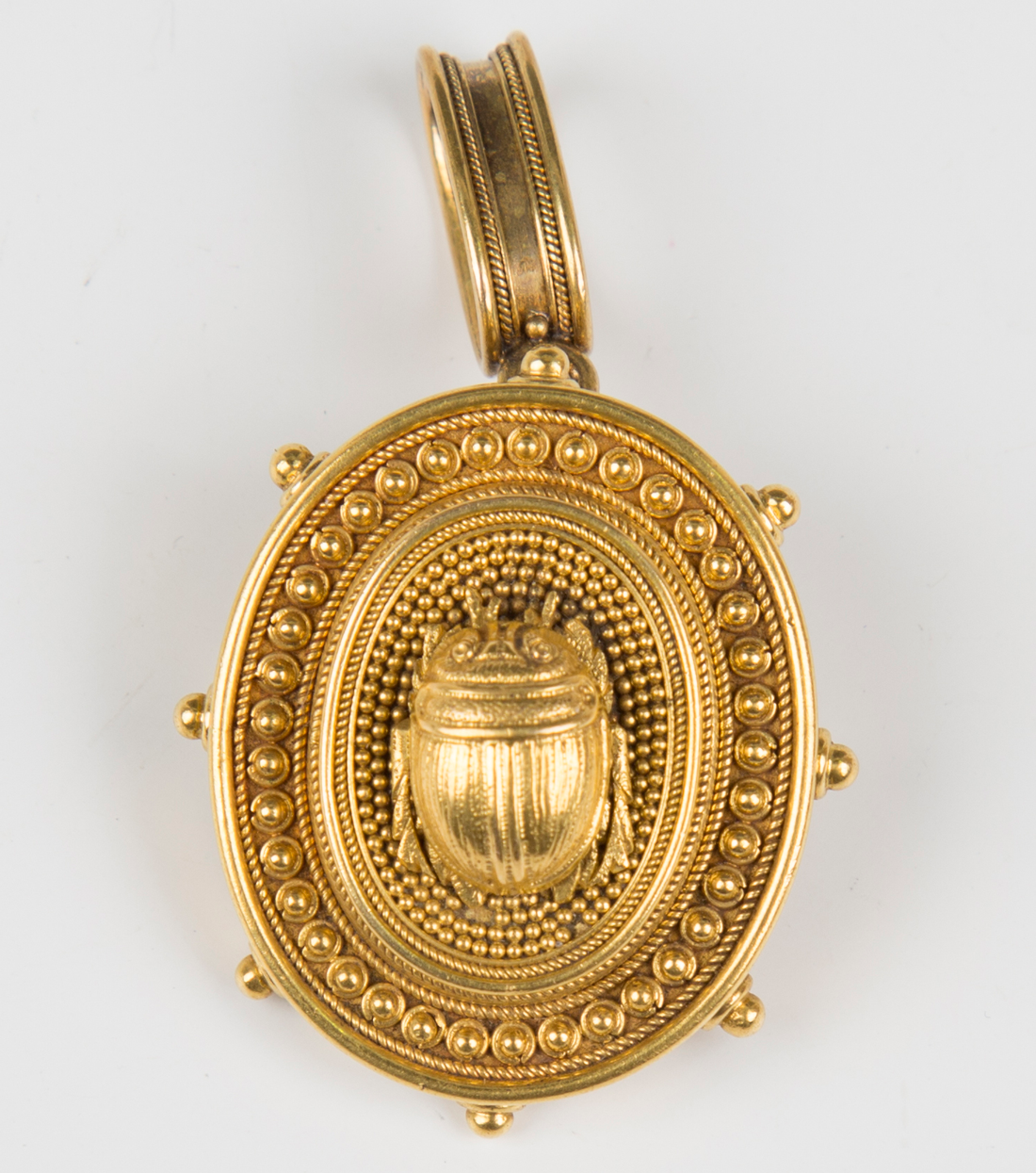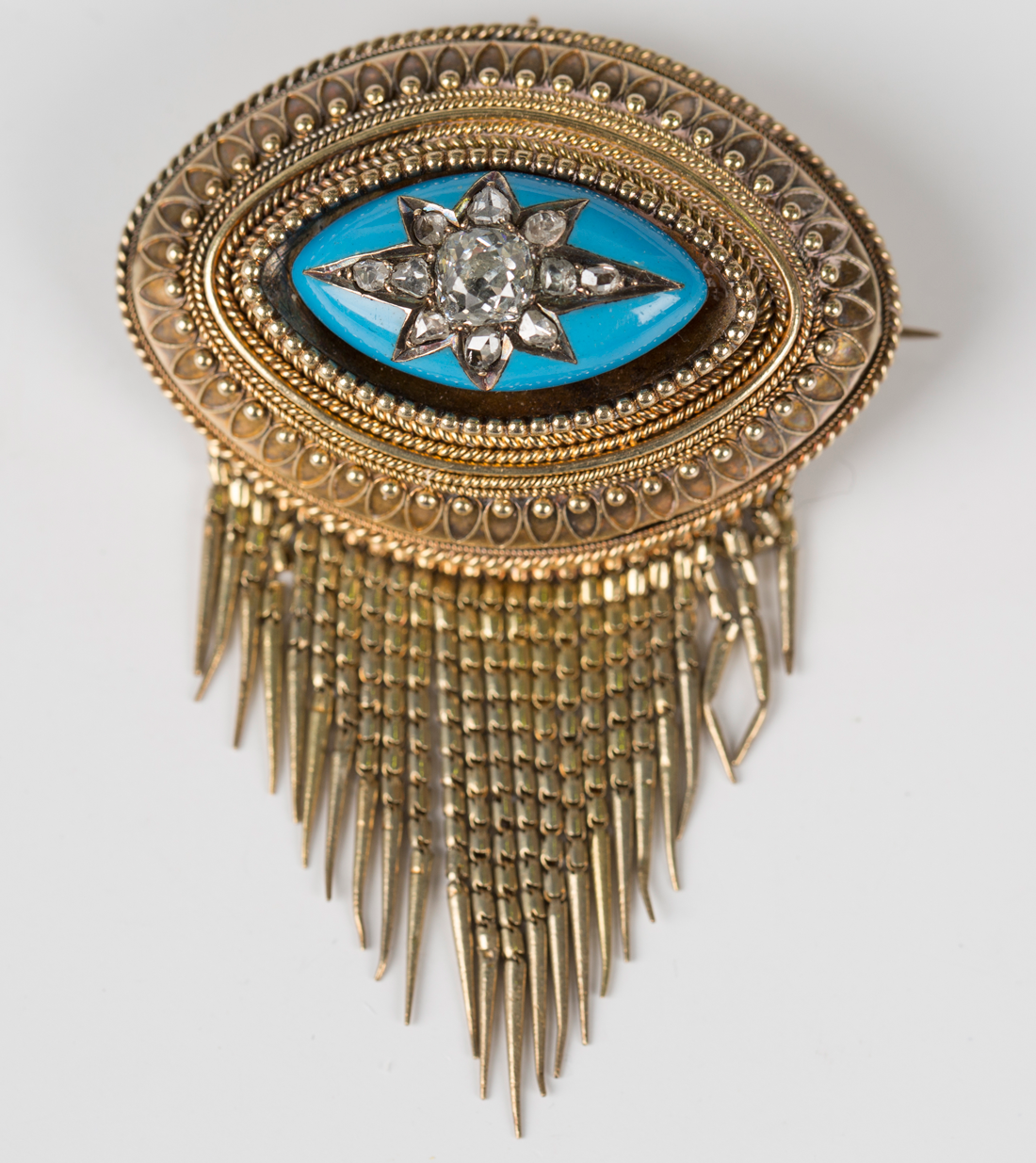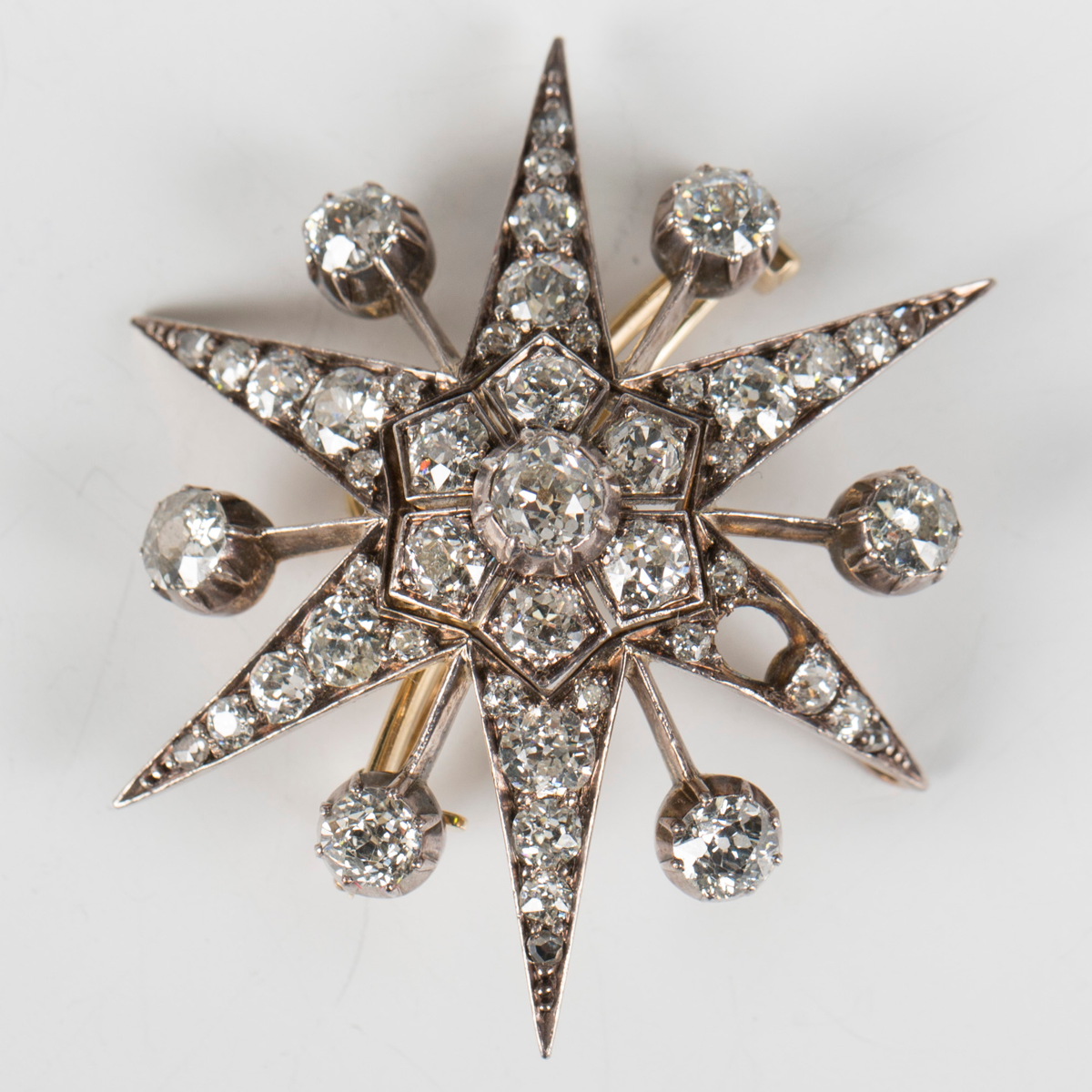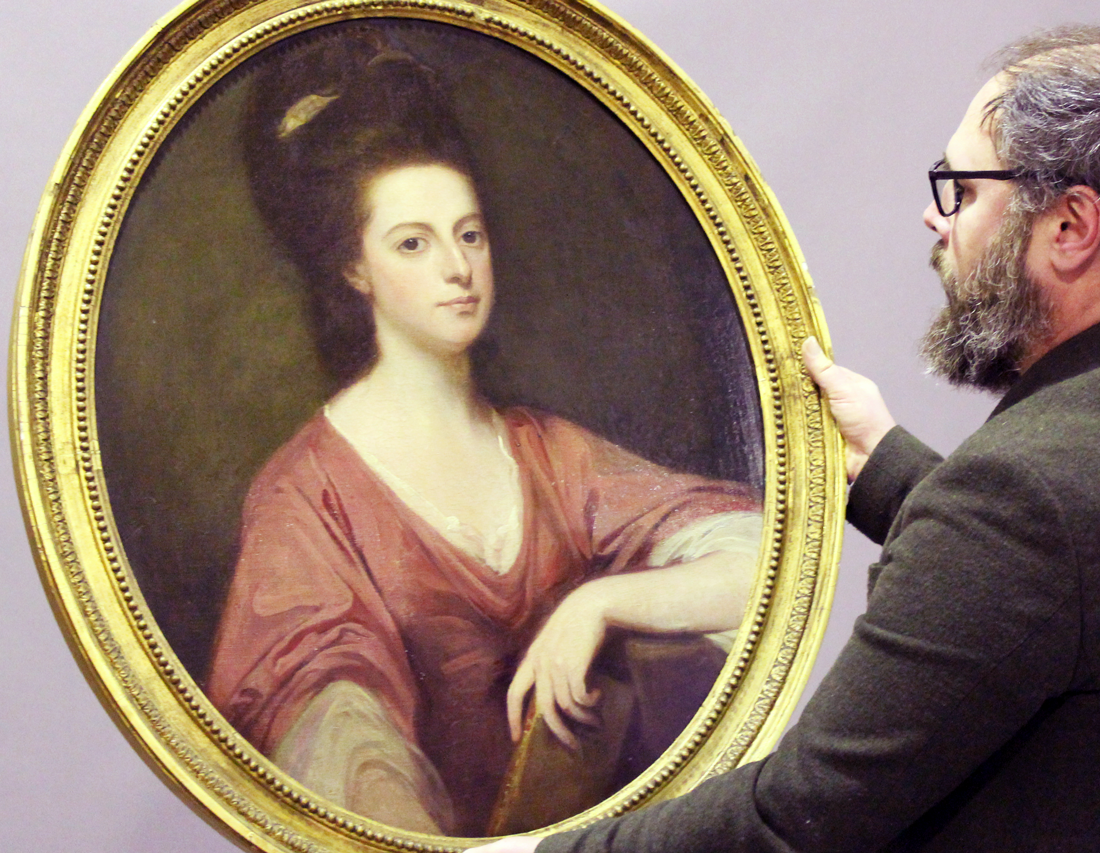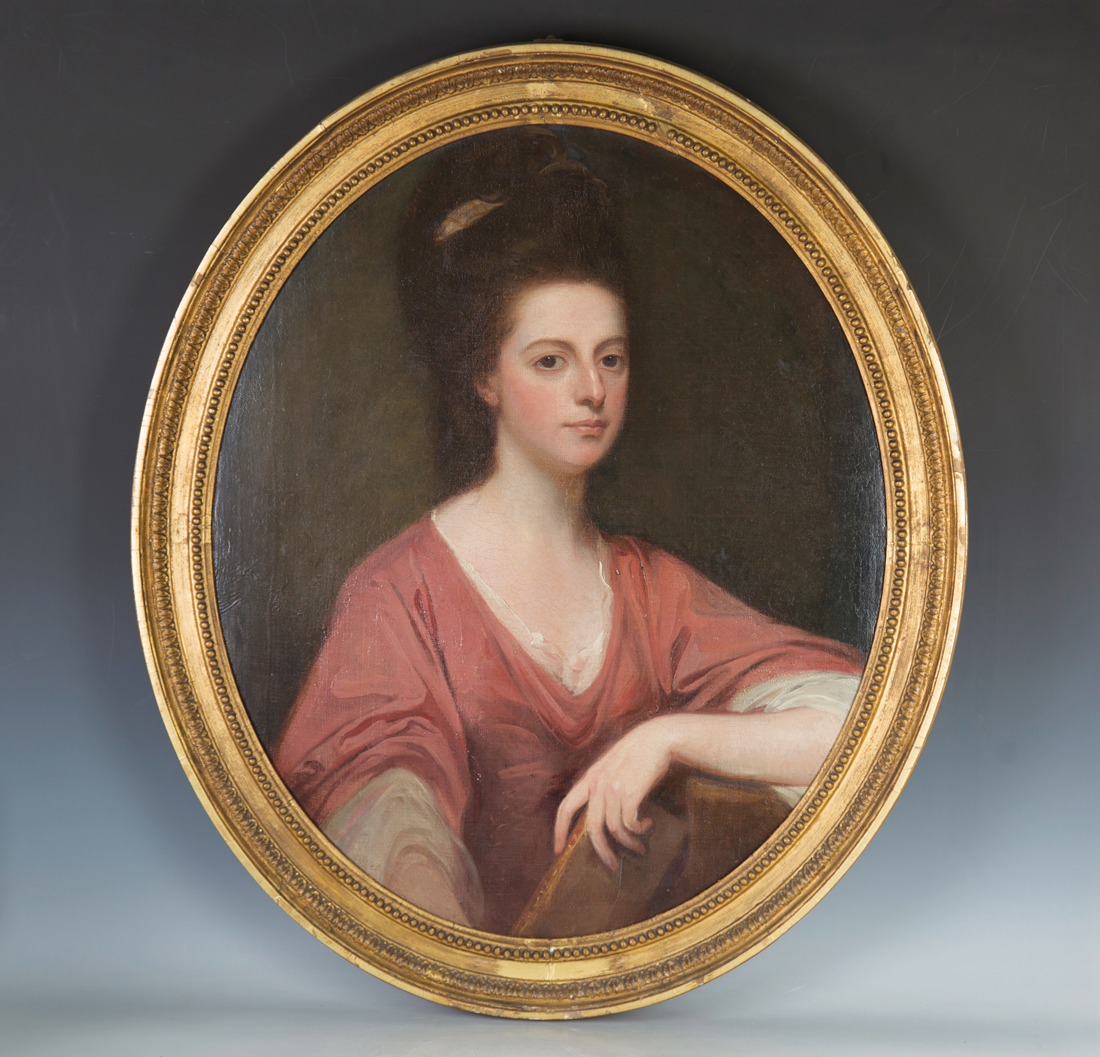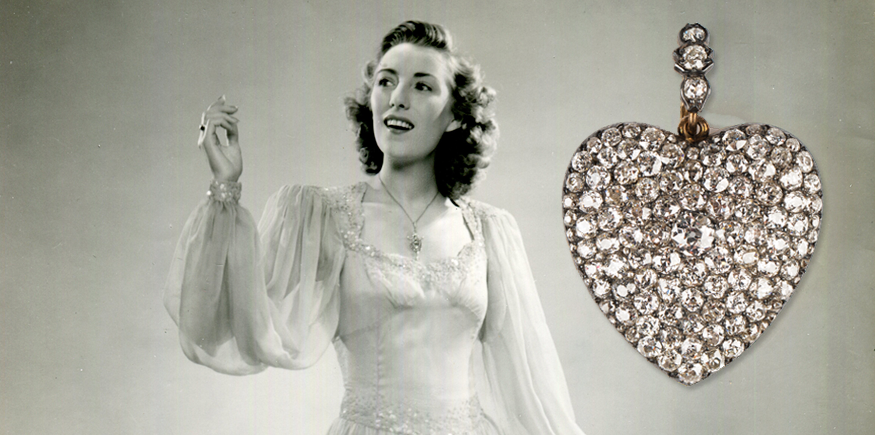 A number of pieces of Dame Vera Lynn’s jewellery are to be sold by auction in aid of charity at Toovey’s Washington salerooms in West Sussex on Wednesday 16th March 2022.
A number of pieces of Dame Vera Lynn’s jewellery are to be sold by auction in aid of charity at Toovey’s Washington salerooms in West Sussex on Wednesday 16th March 2022.
Over many years I have admired and supported Dame Vera Lynn and the the work of her Charitable Trust.
During the Second World War Dame Vera was known as the Forces Sweetheart, a singer of undoubtable talent she became an icon of hope in the face of the sometimes seemingly insurmountable challenges of the Second World War.
In recent days there has been an almost tangible, sharp, intake of breath across a world shocked by Vladimir Putin’s actions. Against the backdrop of courageous protests in his own country Putin has brought his will and the Russian military machine to bear on Ukraine and her people waging war in Europe.
Dame Vera Lynn was always outward facing and generous using her gifts to make a difference to people’s lives, especially in the communities she was passionate about – those who served their country bravely in our Armed Forces, children with disabilities, and of course more recently those she described as ‘the silent soldiers’ in our marvellous NHS. It was a generous example.
It is that ability to press on, to do what is right in the service of others where we stand that gives dignity and purpose to our lives whether our inspiration is sacred or secular. And the more of us who actively choose this path the more evil is pushed back and hope is restored.
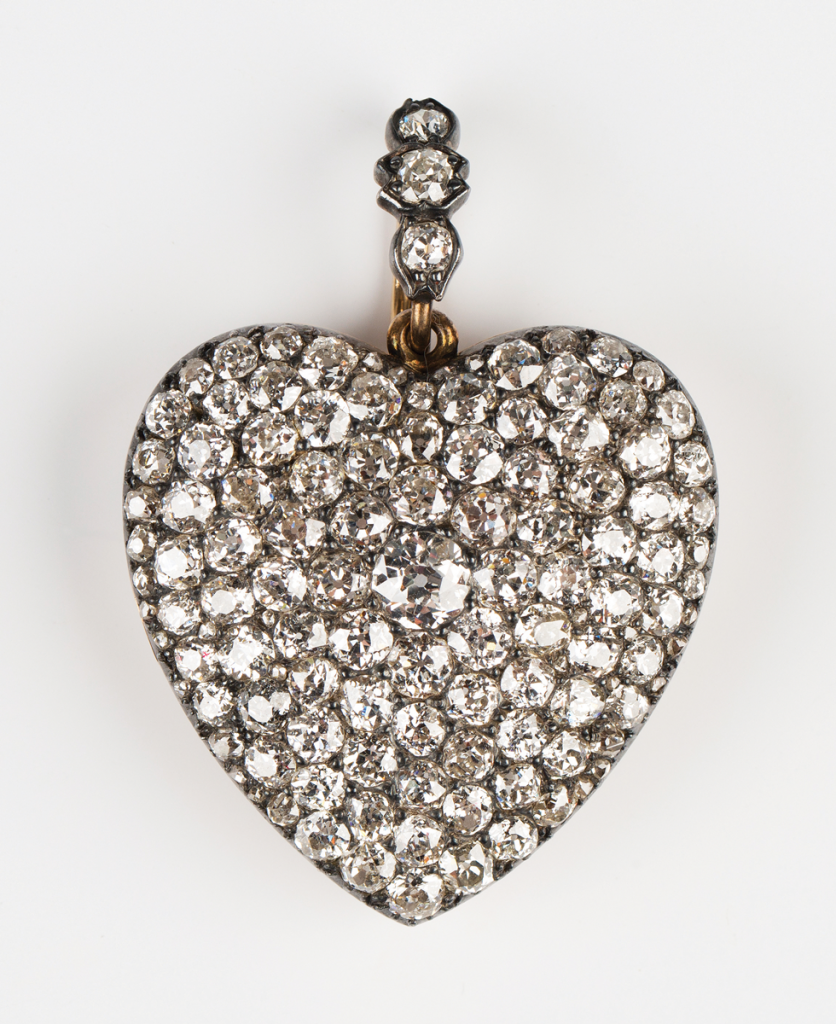
The heart remains one of the definitive symbols of love and amongst the items entered for sale from the collection is a large late Victorian diamond set heart shaped pendant locket pavé set with old cut diamonds. It was during the Victorian period that the popularity of heart shaped jewellery really reached its heights influenced by the tastes of Queen Victoria. Dame Vera’s locket is a fine example. The smaller diamonds accentuate the principle stone at its centre within a shimmering field. The back is glazed and hinged with a locket compartment. It carries a pre-sale estimate of £7000-£10000.
Alongside the pendant locket are a number of rings, bracelets, necklaces and brooches from her collection.
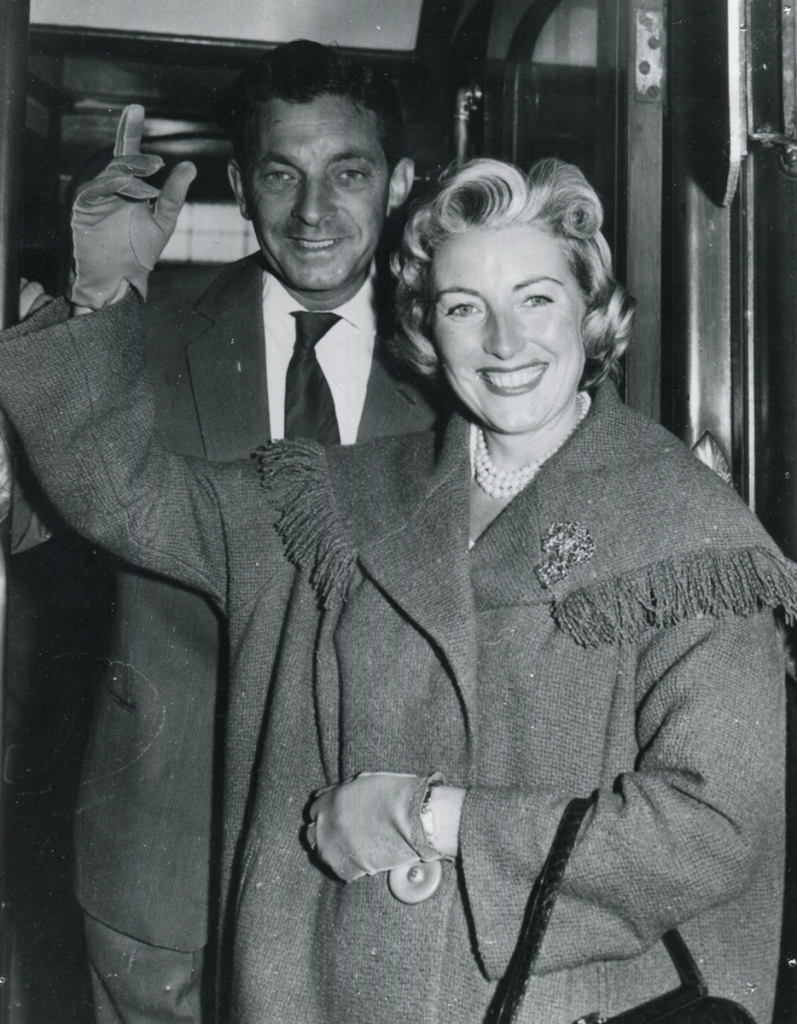
Speaking to Vera Lynn’s daughter, Ginny, about the sale she said “Mummy’s jewellery reflected points of love in her life. Her charitable work was very precious to her too, so it is very fitting that the pieces of jewellery we have entered for auction at Toovey’s will benefit the Dame Vera Lynn Charitable Trust.” Through her life, work and the legacy of the Dame Vera Lynn Charitable Trust Vera Lynn remains an icon of hope.
To be notified as soon as the illustrated online catalogue goes live this weekend register at www.tooveys.com/auction-alerts or visit www.tooveys.com/online-catalogue.
